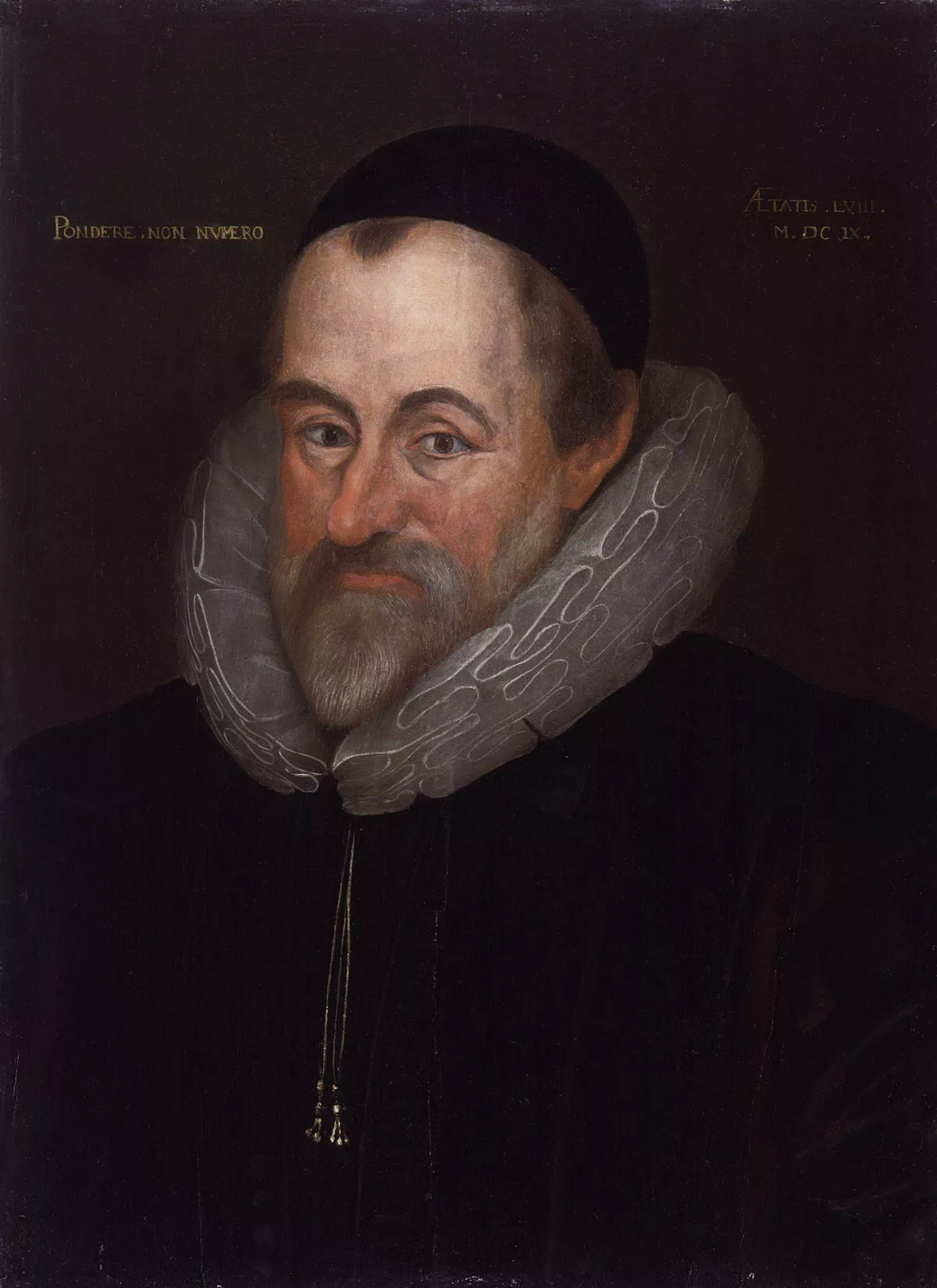 1.
1. William Camden was an English antiquarian, historian, topographer, and herald, best known as author of Britannia, the first chorographical survey of the islands of Great Britain and Ireland that relates landscape, geography, antiquarianism, and history, and the Annales, the first detailed historical account of the reign of Elizabeth I of England.